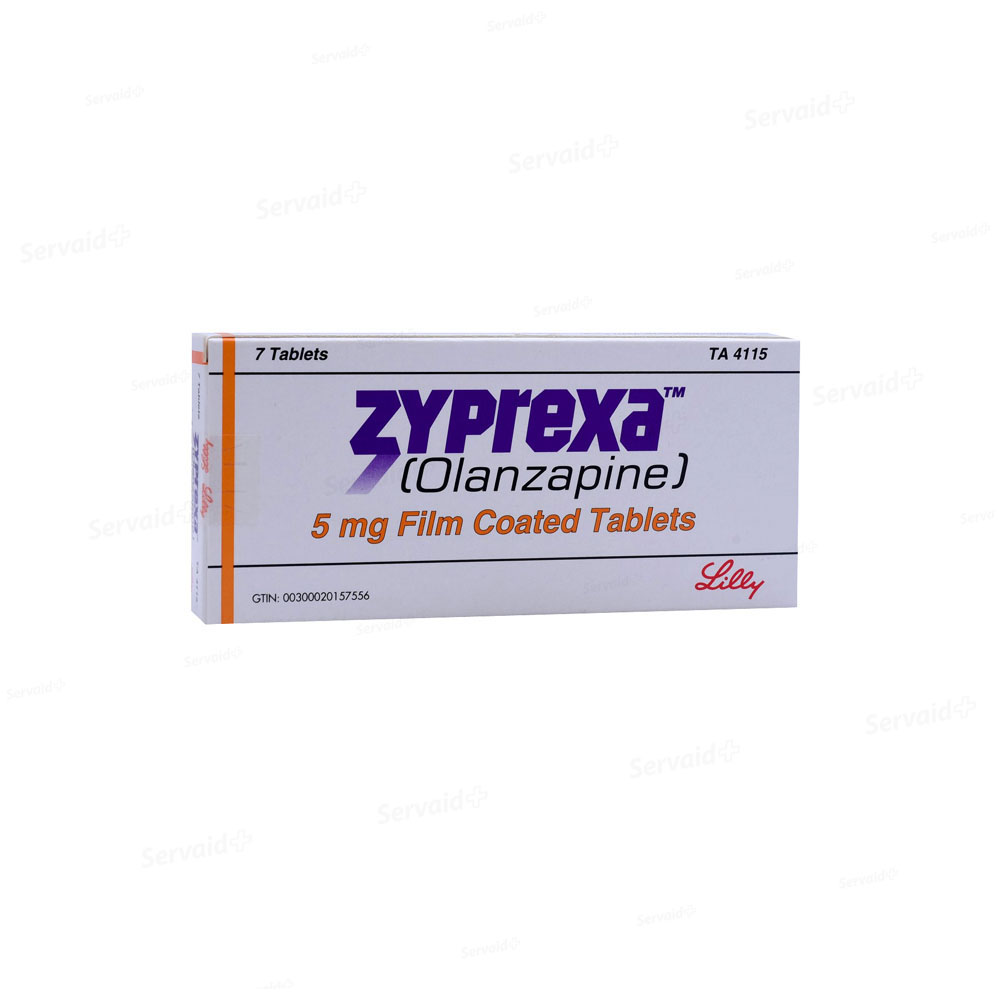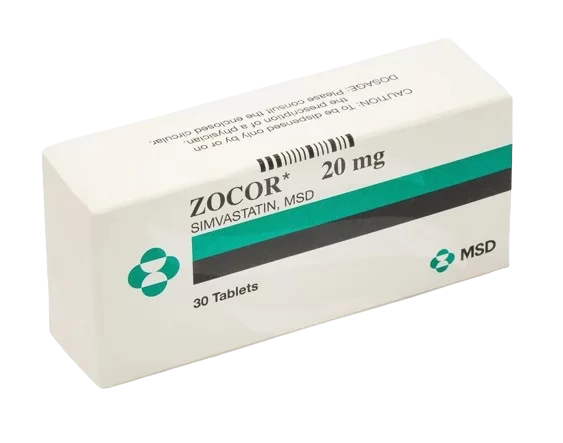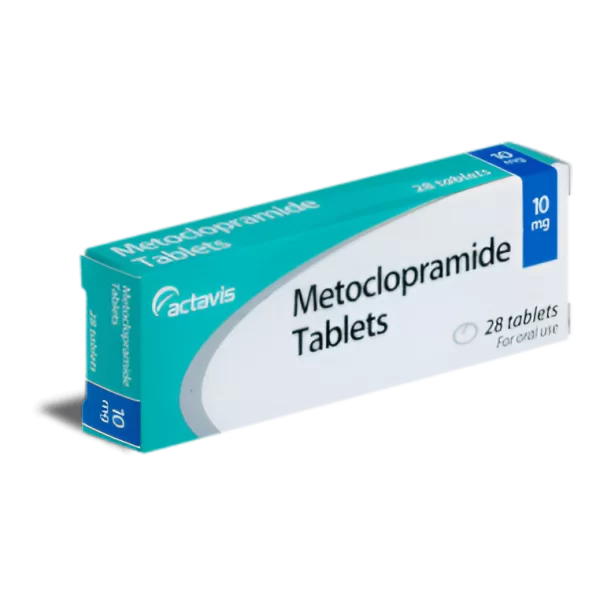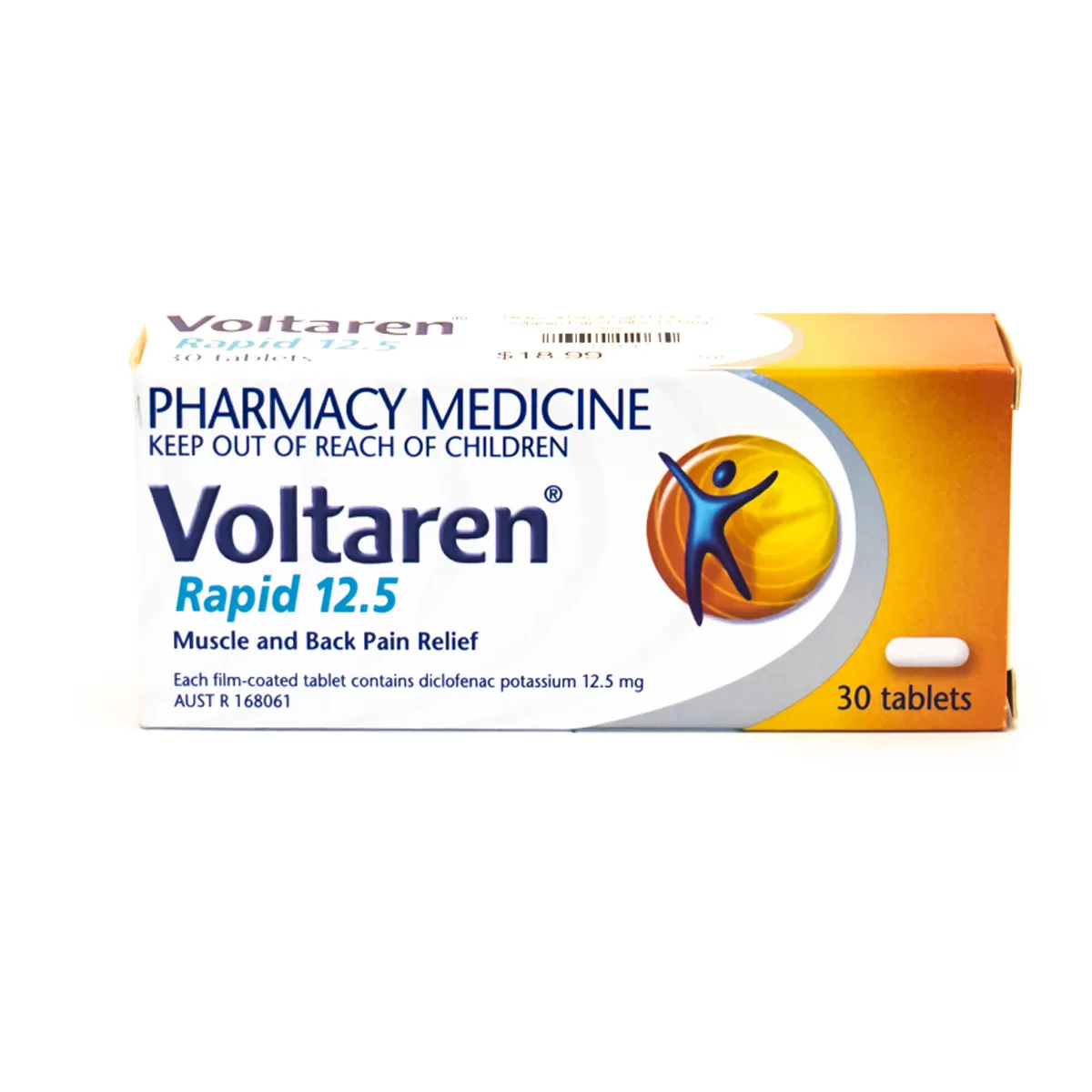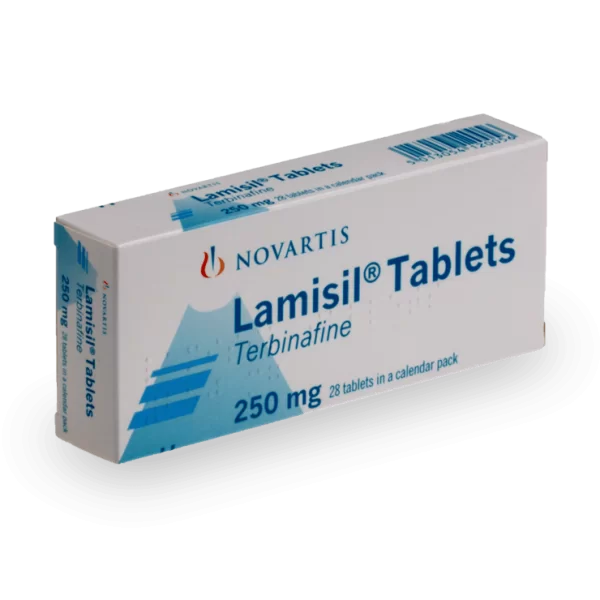
Lamisil
Lamisil - 250mg
| Product | Per Pill | Savings | Per Pack | Order |
|---|---|---|---|---|
| 30 pills | $4.12 | $123.58 | Buy Now | |
| 60 pills | $3.10 | $61.17 | $247.15 $185.98 | Buy Now |
| 90 pills | $2.76 | $122.34 | $370.73 $248.39 | Buy Now |
| 120 pills | $2.59 | $183.51 | $494.30 $310.79 | Buy Now |
| 180 pills | $2.42 | $305.85 | $741.46 $435.61 | Buy Now |
| 270 pills | $2.31 | $489.36 | $1112.18 $622.82 | Buy Now |
Overview of Lamisil
General Introduction
Lamisil, known by its generic name terbinafine, is an antifungal medication used to treat various fungal infections. It is particularly effective against infections such as athlete's foot, jock itch, ringworm, and fungal infections of the nails (onychomycosis). Lamisil works by inhibiting the growth of fungi, thereby treating and preventing infections. It is available in several formulations, including topical creams, gels, sprays, and oral tablets, providing flexible treatment options for different types of infections.
History of Development and Approval
Lamisil was developed by Novartis and received approval from the U.S. Food and Drug Administration (FDA) in 1996. Since its introduction, Lamisil has been widely used due to its effectiveness in treating a broad range of fungal infections. Extensive clinical trials and research have confirmed its safety and efficacy.
Key Benefits
Lamisil offers several key benefits for patients with fungal infections:
- Broad-Spectrum Antifungal Activity: Effective against a wide range of fungi causing skin and nail infections.
- Multiple Formulations: Available in creams, gels, sprays, and oral tablets, allowing for targeted treatment.
- Rapid Relief: Provides quick relief from symptoms like itching, redness, and scaling.
- Long-Term Efficacy: Particularly effective in treating persistent fungal infections like onychomycosis.
Unique Properties
Lamisil is distinguished by its ability to inhibit the enzyme squalene epoxidase, crucial in the biosynthesis of ergosterol, an essential component of fungal cell membranes. This inhibition leads to the accumulation of toxic substances within the fungal cell and ultimately its death. Lamisil’s broad-spectrum activity makes it effective against both dermatophytes and yeasts.
Comparison with Similar Medications
Compared to other antifungal medications, Lamisil offers unique advantages:
- Faster Action: Lamisil often works more quickly than other antifungal treatments.
- High Cure Rates: Particularly effective in treating nail fungal infections.
- Less Frequent Dosing: Oral Lamisil is typically taken once daily, which can improve patient compliance.
Safety and Tolerability
Lamisil is generally well-tolerated when used as directed. Common side effects include itching, redness, and mild irritation at the application site for topical forms. Oral Lamisil may cause nausea, headache, and abdominal pain. Serious side effects are rare but can include liver toxicity and severe skin reactions, particularly with long-term use.
Indications for Use
Diseases and Conditions Treated by Lamisil
Lamisil is prescribed for the treatment of various fungal infections, including:
- Tinea Infections: Such as athlete's foot, jock itch, and ringworm.
- Onychomycosis: Fungal infections of the nails.
- Cutaneous Candidiasis: Skin infections caused by Candida species.
- Pityriasis Versicolor: A yeast infection that causes a rash on the skin.
Symptoms Indicating Use of Lamisil
Patients experiencing symptoms of fungal infections, such as itching, redness, scaling, and discomfort, may benefit from Lamisil. It is particularly effective in cases where other treatments have failed or in individuals prone to recurrent fungal infections.
Dosage and Administration
Recommended Dosage for Adults
The dosage of Lamisil varies depending on the formulation and the condition being treated:
- Topical Cream/Gel/Spray: Apply once or twice daily to the affected area for 1 to 4 weeks, depending on the infection.
- Oral Tablets: The usual dose for adults is 250 mg once daily for 6 weeks for fingernail infections and 12 weeks for toenail infections.
Dosage for Children
For children, the dosage of Lamisil is determined based on the child's weight and the severity of the infection. Pediatric dosing should be guided by a healthcare provider, especially for oral formulations.
Dosage for Elderly Patients
Elderly patients can use Lamisil at the same dosage as younger adults. However, they should be monitored closely for potential side effects, especially with oral formulations, due to the increased risk of liver toxicity.
Optimal Timing of Administration
Lamisil topical cream, gel, and spray can be applied at any time of day. Oral Lamisil should be taken at the same time each day, with or without food, to maintain consistent blood levels.
Frequency of Administration
- Topical Cream/Gel/Spray: Apply once or twice daily.
- Oral Tablets: Take once daily.
Impact of Food on Efficacy
Food does not significantly impact the efficacy of topical Lamisil. For oral Lamisil, taking it with food can help reduce gastrointestinal side effects but does not significantly affect absorption.
Pharmacological Action
Mechanism of Action of Lamisil
Terbinafine, the active ingredient in Lamisil, works by inhibiting the enzyme squalene epoxidase, essential for the biosynthesis of ergosterol in fungal cell membranes. This inhibition leads to the accumulation of squalene, which is toxic to fungal cells, and disrupts the cell membrane, causing cell death.
Molecular and Cellular Targets
Terbinafine targets the fungal enzyme squalene epoxidase, preventing the synthesis of ergosterol. This disruption in the fungal cell membrane's integrity leads to the accumulation of toxic substances and cell death.
Metabolic Pathways
Terbinafine is metabolized primarily in the liver by the cytochrome P450 enzyme system. Its metabolites are excreted mainly in the urine, with a small portion excreted in the feces.
Biochemical Changes
Inhibition of ergosterol synthesis by terbinafine leads to the accumulation of squalene and other toxic substances within fungal cells, causing increased membrane permeability and cell death. This biochemical change effectively clears the fungal infection.
Physiological Effects
By eliminating fungal cells, Lamisil reduces symptoms of itching, redness, and scaling associated with fungal infections. It restores normal skin and nail appearance and function, improving patient comfort and quality of life.
Composition
Active Ingredient in Lamisil
The active ingredient in Lamisil is terbinafine. It is available in various forms, including 1% topical cream, gel, spray, and 250 mg oral tablets.
Inactive Ingredients in Lamisil
- Topical Cream: Inactive ingredients may include benzyl alcohol, cetyl alcohol, and stearyl alcohol.
- Gel: Inactive ingredients may include ethanol, hydroxypropyl methylcellulose, and purified water.
- Spray: Inactive ingredients may include ethanol, isopropyl myristate, and propylene glycol.
- Oral Tablets: Inactive ingredients may include lactose, magnesium stearate, and microcrystalline cellulose.
Role of Each Component in Lamisil
Terbinafine acts as the primary antifungal agent, while inactive ingredients help in the formulation, stability, and application of the product. They ensure proper delivery of the active ingredient to the site of infection.
Side Effects
Common Side Effects of Lamisil
Common side effects of Lamisil include itching, redness, and mild irritation at the application site for topical forms. Oral Lamisil may cause nausea, headache, and abdominal pain.
Rare Side Effects of Lamisil
Rare side effects may include severe allergic reactions, liver toxicity, and severe skin reactions. Symptoms of liver toxicity include yellowing of the skin or eyes, dark urine, and severe abdominal pain.
Serious Side Effects of Lamisil
Serious side effects requiring immediate medical attention include signs of liver damage (jaundice, dark urine, severe abdominal pain), severe allergic reactions (rash, itching/swelling, severe dizziness, trouble breathing), and severe skin reactions (blistering, peeling).
Frequency and Severity of Side Effects of Lamisil
Most side effects are mild and occur early in the treatment. Serious side effects are rare but warrant close monitoring by a healthcare provider. Regular follow-up appointments can help manage and mitigate these risks, ensuring safe and effective use of Lamisil.
Prevention of Side Effects
General Precautions for Lamisil Use
To minimize side effects, patients should follow the prescribed dosage and avoid using Lamisil for longer than recommended. Regular monitoring of liver function is advised for patients taking oral Lamisil.
Recommendations for Better Tolerability of Lamisil
Using Lamisil as directed and maintaining regular follow-up appointments with a healthcare provider can improve tolerability. Patients should be educated on the importance of adhering to the prescribed treatment regimen and monitoring their response to the medication.
Contraindications
Conditions and Diseases that Contraindicate Lamisil Use
Lamisil is contraindicated in patients with known hypersensitivity to terbinafine or any of its components. It should not be used in patients with active or chronic liver disease due to the risk of hepatotoxicity.
Explanation of Contraindications for Lamisil
Terbinafine may cause liver toxicity, making it unsuitable for patients with existing liver conditions. Hypersensitivity reactions can cause severe allergic responses, making it crucial to assess a patient's medical history and allergies before prescribing Lamisil.
Warnings and Precautions
Potential Risks of Lamisil
Patients should be monitored for signs of liver toxicity, especially those taking oral Lamisil. Regular liver function tests are recommended. Caution is advised in patients with a history of liver disease or alcohol abuse.
Safety Measures for Lamisil Use
Regular monitoring by a healthcare provider, starting with a low dose, and adjusting as needed can help mitigate risks. Patients should be instructed to report any symptoms of liver toxicity or severe allergic reactions.
Missed Dose
Immediate Actions for Missed Dose of Lamisil
If a dose is missed, take it as soon as remembered unless it is almost time for the next dose. Do not double the dose to catch up. Continue with the regular dosing schedule.
Preventive Strategies for Missed Dose of Lamisil
Using reminders and keeping a consistent schedule can help prevent missed doses. Patients can set alarms, use medication reminder apps, or keep a medication diary to track their doses.
Drug Interactions
Interacting Medications with Lamisil
Lamisil may interact with other medications, including certain antidepressants, beta-blockers, and anticoagulants. These interactions can either reduce the efficacy of Lamisil or increase the risk of adverse effects. It is essential to inform the healthcare provider of all medications being taken to avoid potential interactions.
Effects of Interactions with Lamisil
These interactions can affect the metabolism and efficacy of Lamisil or the concomitant medications. For instance, certain drugs can increase the risk of liver toxicity or reduce the effectiveness of Lamisil. Monitoring blood levels and adjusting dosages may be necessary to manage these interactions.
Avoiding Interactions with Lamisil
Inform the healthcare provider of all medications being taken to avoid potential interactions. Patients should not start, stop, or change the dosage of any medicines without their healthcare provider’s approval. Regular reviews of medication regimens can help identify and manage potential interactions.
Overdose
Symptoms of Overdose of Lamisil
Symptoms of overdose may include severe dizziness, fainting, and confusion. Seek emergency medical help if an overdose is suspected. Supportive measures and symptomatic treatment are recommended.
Immediate Actions for Overdose of Lamisil
Seek emergency medical help if an overdose is suspected. Supportive measures and symptomatic treatment are recommended. Activated charcoal may be administered if the overdose is recent, and intravenous fluids may be given to maintain blood pressure.
Pharmacokinetics
Absorption of Lamisil
Terbinafine is well-absorbed from the gastrointestinal tract, with peak plasma concentrations reached within 1 to 2 hours after oral administration. The bioavailability of terbinafine is approximately 40%.
Distribution of Lamisil
Terbinafine is widely distributed throughout the body, including the skin and nails. It is highly bound to plasma proteins, primarily albumin.
Metabolism of Lamisil
Terbinafine is extensively metabolized in the liver by the cytochrome P450 enzyme system. Its metabolites are excreted primarily in the urine, with a small portion excreted in the feces.
Elimination of Lamisil
The half-life of terbinafine is approximately 36 hours. Dose adjustments may be necessary for patients with liver impairment to prevent accumulation and toxicity.
Dosage Forms
Available Forms and Dosages of Lamisil
Lamisil is available in 1% topical cream, gel, spray, and 250 mg oral tablets. These various forms and dosages allow for flexible and tailored treatment approaches based on patient needs and tolerability.
Benefits of Different Forms of Lamisil
The availability of multiple forms of Lamisil makes it suitable for various patient preferences and clinical situations. Topical forms provide localized treatment with minimal systemic absorption, while oral forms are effective for systemic infections.
Pregnancy and Breastfeeding
Safety of Lamisil During Pregnancy
Lamisil should be used during pregnancy only if the potential benefit justifies the potential risk to the fetus. There is limited data on the use of Lamisil in pregnant women, and animal studies have shown adverse effects on the fetus. Pregnant women should discuss the potential risks and benefits with their healthcare provider before starting treatment.
Safety of Lamisil During Breastfeeding
Terbinafine is present in low concentrations in breast milk. Due to the potential for adverse reactions in nursing infants, a decision should be made whether to discontinue breastfeeding or discontinue the drug, considering the importance of the drug to the mother. Breastfeeding mothers should consult their healthcare provider to weigh the potential risks and benefits.
Storage Conditions
General Recommendations for Storing Lamisil
Store Lamisil at room temperature between 20°C to 25°C (68°F to 77°F). Keep the medication in its original container, tightly closed, and out of reach of children and pets.
Specific Storage Instructions for Lamisil
Lamisil cream, gel, and spray should be stored in a cool, dry place away from direct sunlight and moisture. The oral tablets should be stored in their original packaging to protect them from light and moisture.
Expiry and Stability of Lamisil
Check the expiration date on the package and do not use Lamisil past the expiration date. Proper storage ensures the medication remains effective and safe to use. Dispose of expired or unused medication according to local regulations to prevent accidental exposure or misuse.
Clinical Trials and Efficacy
Overview of Clinical Studies on Lamisil
Lamisil has undergone extensive clinical trials to evaluate its safety and efficacy in treating various fungal infections. These studies included randomized, double-blind, placebo-controlled trials involving thousands of patients worldwide.
Results and Findings from Clinical Studies on Lamisil
Clinical trials have shown that Lamisil significantly reduces symptoms of fungal infections, such as itching, redness, and scaling. Patients treated with Lamisil demonstrated better outcomes in terms of infection clearance and symptom relief compared to those receiving a placebo.
Comparative Studies on Lamisil
Studies comparing Lamisil with other antifungal medications have shown that Lamisil provides effective broad-spectrum antifungal activity with a favorable safety profile. Its versatility in formulations makes it a preferred choice for many healthcare providers.
Conclusion on Lamisil
Summary of Key Points about Lamisil
Lamisil is an effective antifungal medication for treating a variety of fungal infections. Its broad-spectrum activity and multiple formulations provide flexible treatment options for different types of infections. The medication is generally well-tolerated, with a well-documented safety profile.
Recommendations for Using Lamisil
For optimal results, patients should follow their healthcare provider's instructions regarding dosage and administration. Regular monitoring and follow-up appointments are essential to ensure the medication's effectiveness and manage any side effects. Patients should maintain good hygiene and avoid sharing personal items to prevent the spread of fungal infections.
Final Thoughts on Lamisil
Lamisil significantly improves the quality of life for patients with fungal infections by effectively managing symptoms and clearing infections. With its proven efficacy and safety, Lamisil remains a trusted choice for healthcare providers and patients in the management of fungal infections.

